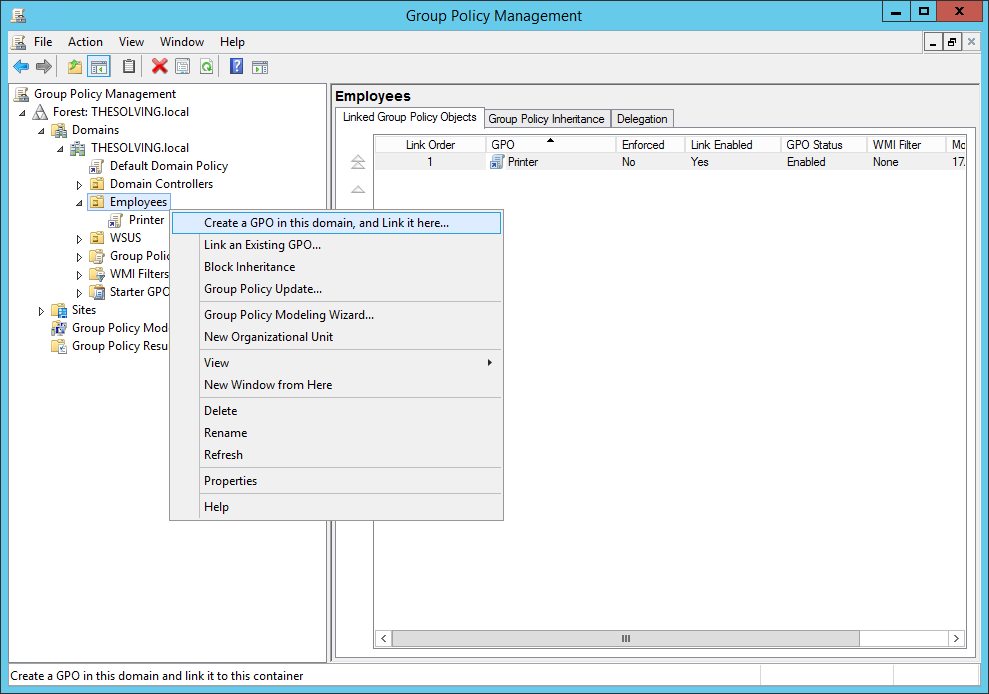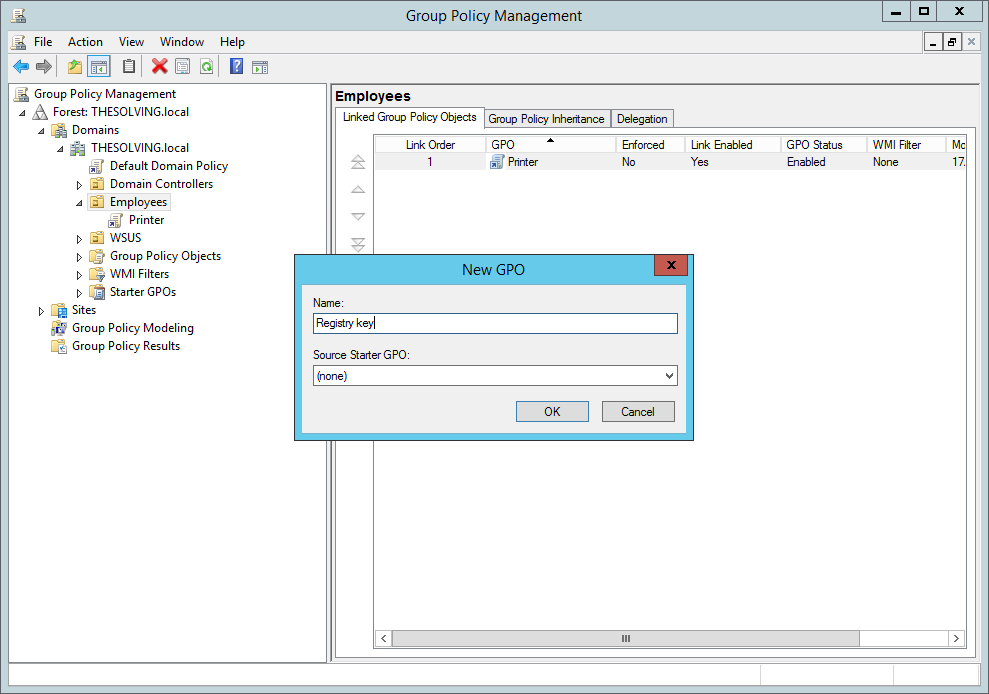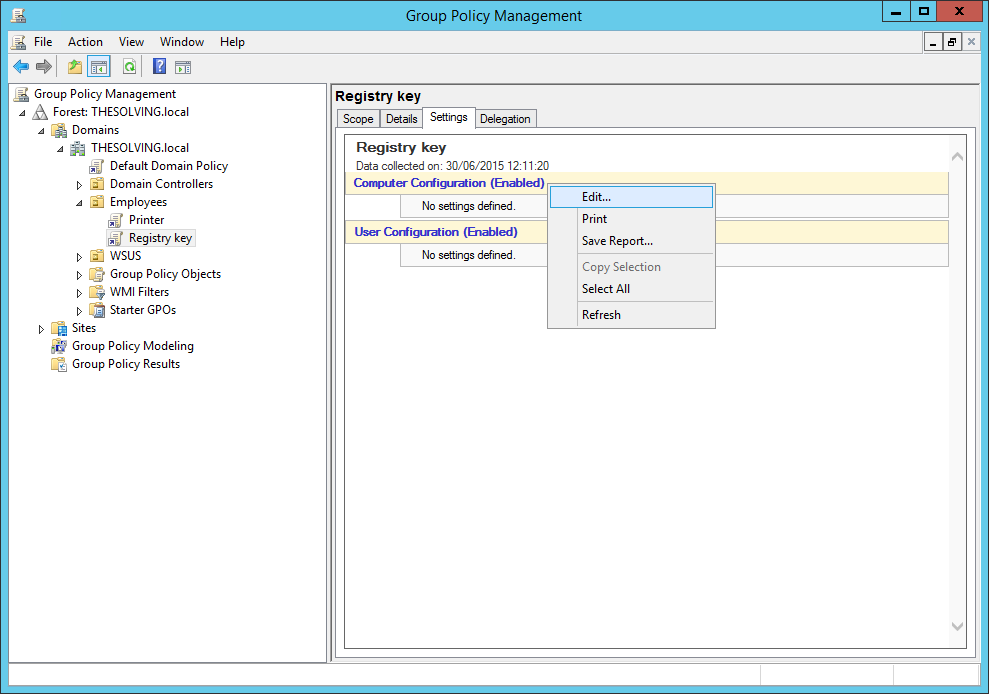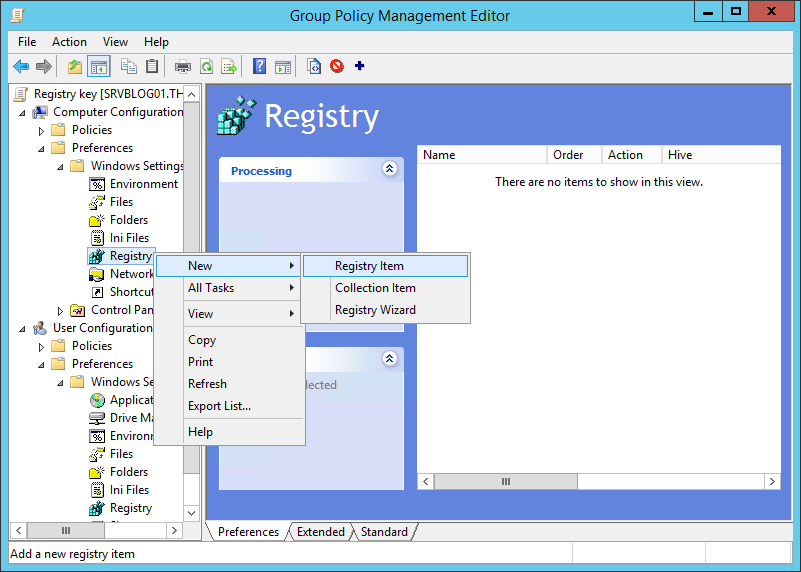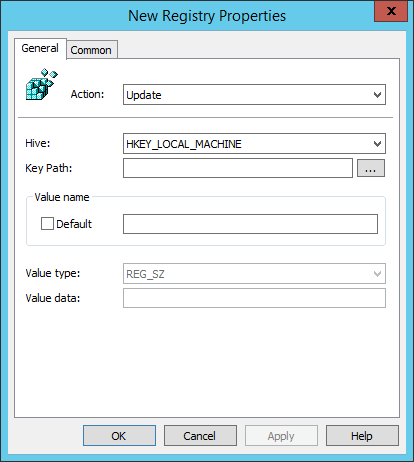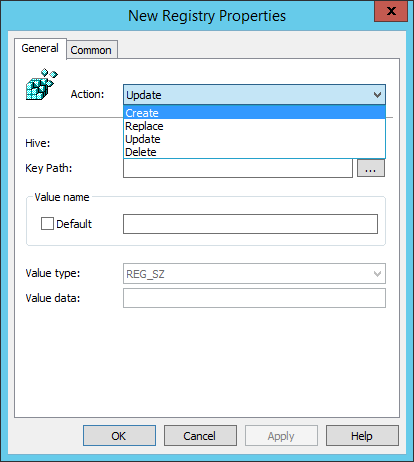Node 1 is master for node2 , node 2 is the master to node 3 , node 3 is master for node1
Node 1 configuration
node 1 my.cnf configuration
server-id =1
log_bin =mysql-bin
binlog_do_db =details
log-slave-updates
create replication account for node 2
create user 'repl'@'%' identified by 'mysqluser';
grant replication slave on *.* to 'repl'@'%';
CHANGE MASTER TO
MASTER_HOST='NODE3-IP',
MASTER_USER='repl',
MASTER_PASSWORD='mysqluser',
MASTER_LOG_FILE='mysql-bin.XXXXX',
MASTER_LOG_POS=XXX;
lock databases and dump to fils , and copy to node 2 , node 3
Node 2 configuration
node 2 my.cnf configuration
server-id =2
log_bin =mysql-bin
binlog_do_db =details
log-slave-updates
node 3 my.cnf configuration
server-id =3
log_bin =mysql-bin
binlog_do_db =details
log-slave-updates
